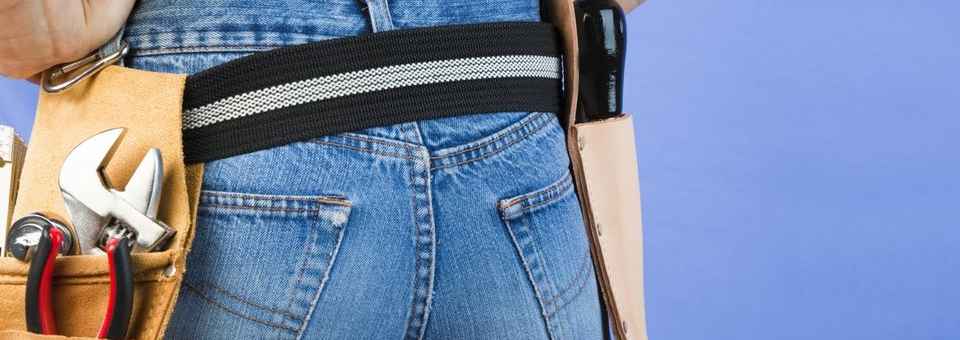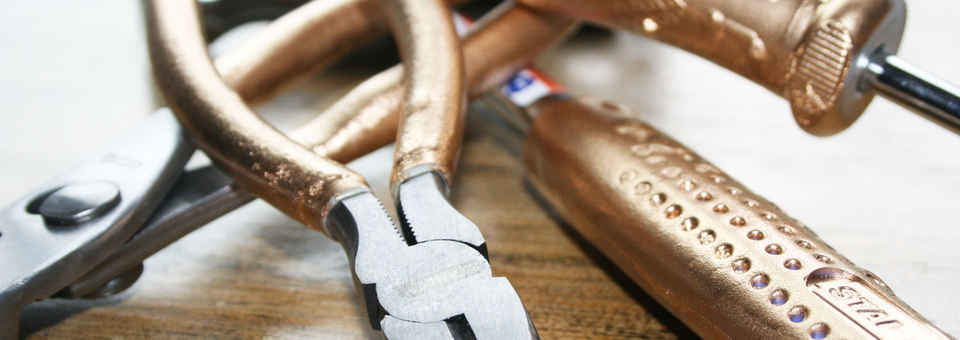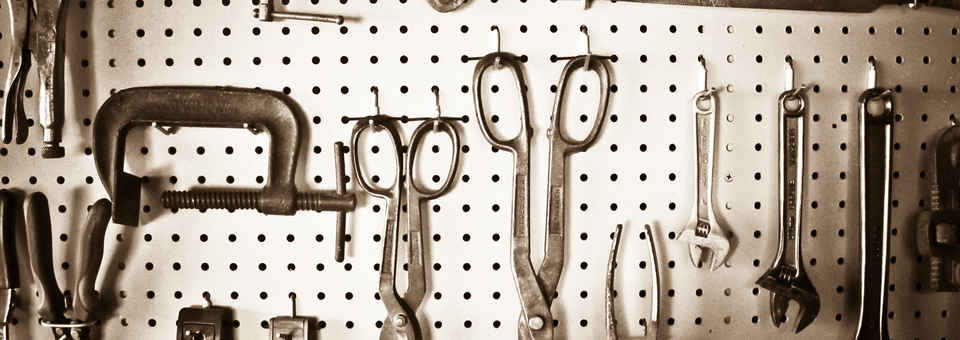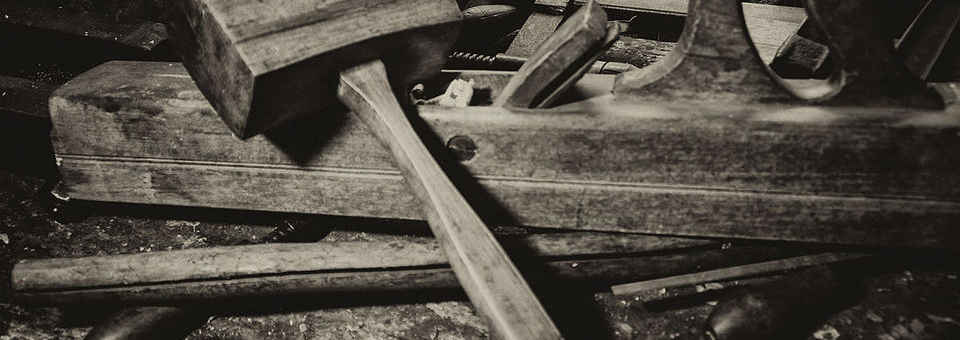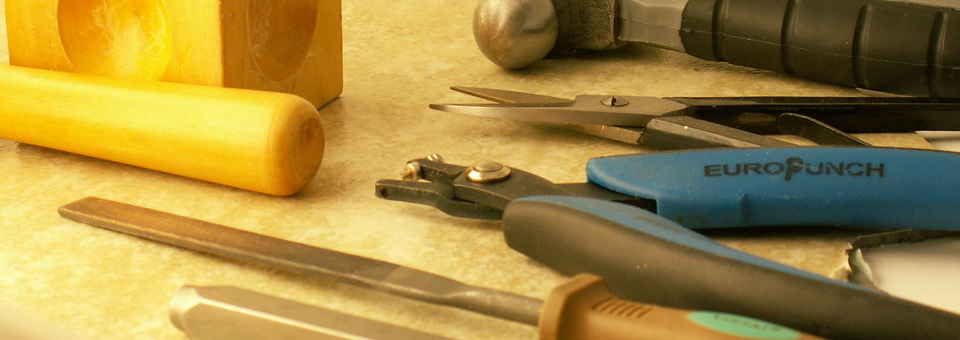It’s common knowledge that different types of wrenches are used for different functions. No one wrench is the same. Many of them can all perform the same or similar functions, while others were specially designed for only certain tasks. The basic need for wrenches is to tighten or loosen nuts and bolts on devices and machines. Wrenches can be a great help in structuring machines, pipes, car engines, or buildings; they are also used for tearing apart or constructing certain items. Without wrenches, many things would not get put together properly and they may be flimsy at best. It is helpful and convenient to have knowledge of which wrench goes to which event. Using the wrong type of wrench can not only break or damage the nut or bolt, but be incredibly frustrating as well.
The main theme to remember about wrenches is that they are designed to rotate nuts or bolts in a certain way. Although there are hundreds of different kinds, they all follow the same principle. Construction workers use them on a daily basis, plumbers use them for specific jobs, and homeowners who are currently remodeling their home may find that they need a relevant wrench for the job they are working on. They aren’t something that is often thought about, but many machines, devices, or even furniture may not be put together properly without the use of wrenches.
Some common wrenches used in everyday activities are the following: the box-end wrench (which is actually the most common), the spark plug wrench (this tool is shaped like a small metal pipe and has six-edged sockets on either end), the combination wrench (a tool that performs functions with either end of the tool), the open-end wrench (meaning it has open sockets on both ends), the crows-foot spanner (designed specifically for certain sockets), the ratcheting box wrench (this wrench is basically a box wrench and a ratchet wrench combined), the Saltus wrench (performs similar functions as the socket wrench), the slammer wrench (a small yet thick wrench which is mainly used to partner up with hammers), the adjustable wrench (this one is commonly used for oversized nuts and bolts), the monkey wrench (an old-fashioned type that was invented by Charles Moncky in the 1800s), the pipe wrench (looks like a monkey wrench but it can be adjusted; sometimes referred to as the Stillson wrench), the socket wrench (a hollow item which fits itself over a nut or bolt), the ratchet wrench (this simply turns nuts or bolts in one direction), the torque wrench (which is needed to apply certain amounts of torque, or force, to the nut or bolt), the Allen wrench (used for hexagonal shaped screws and bolts), the Bristol wrench (designed for internal screws and bolts), the torx wrench (mainly used in cars and for fixing computer systems), the impact wrench (which is normally found in a drill), the alligator wrench (an old-fashioned wrench that resembles the mouth of an alligator; this wrench is not commonly used in today’s world), the cone wrench (a thin and flat looking wrench which is normally used for bike hubs), and the 4-way lug wrench (used for lug nuts on wheels).
There are several more types, but these are some of the most common.
Wrenches are sold either individually or in sets of four or more. Sometimes the tool sets only contain one specific kind of wrench, but tool sets can be purchased with various wrenches as well, depending on the company who makes them. Most people have them lying around their house in various areas, but being able to name the type of wrench correctly can greatly assist in life’s daily activities.
